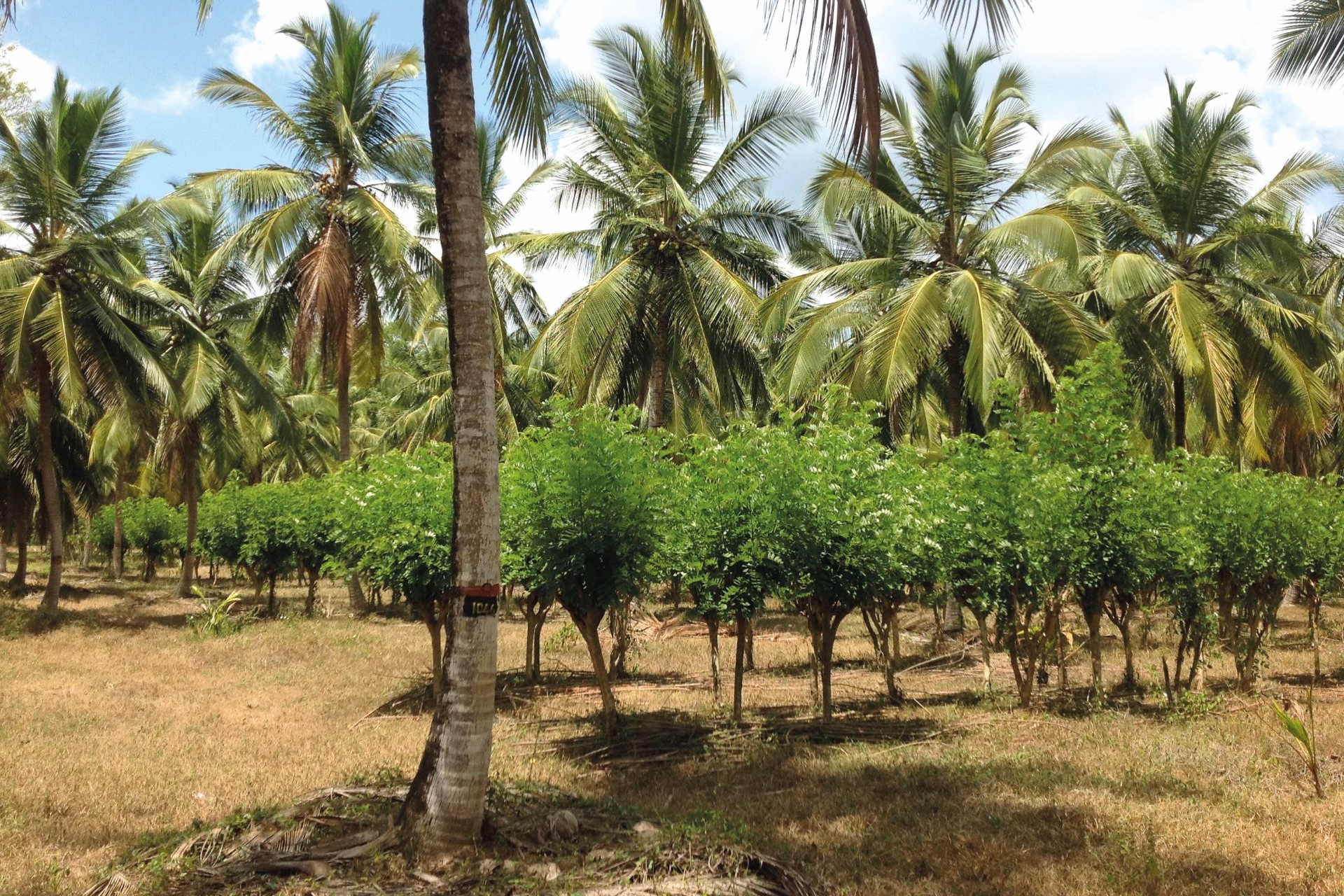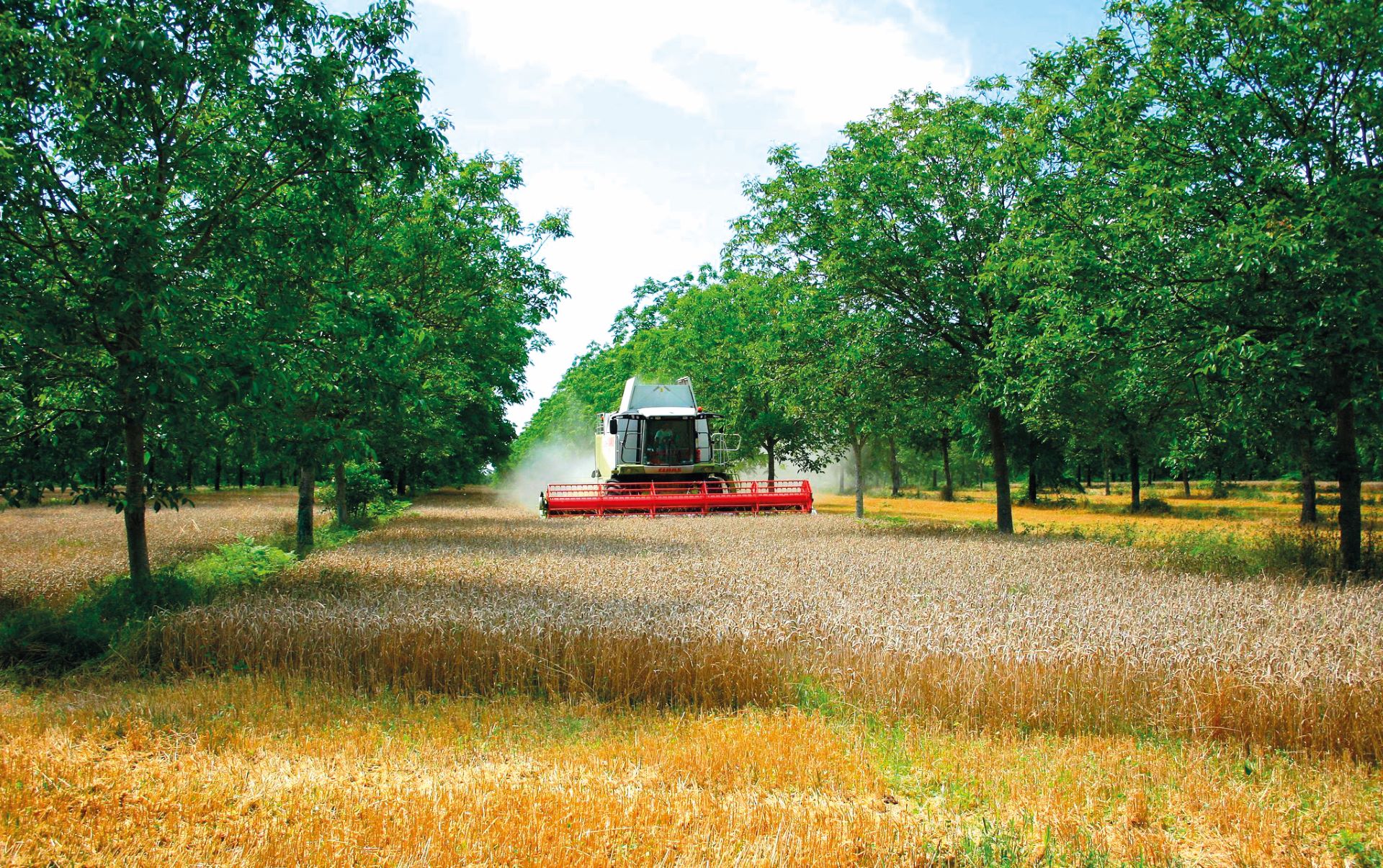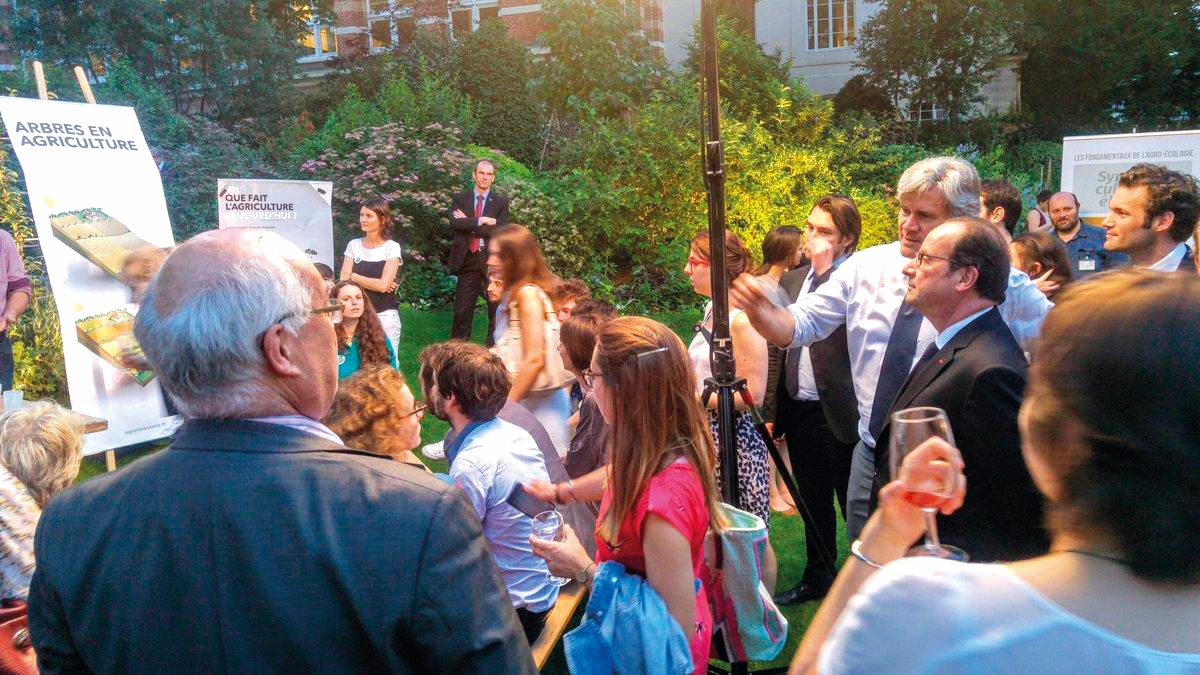Tree Huggers Were Right All Along
As you read these words, we should be celebrating a fantastic achievement: tonight, 137,000 fewer people will go to bed being “extremely poor” than yesterday. Yesterday, too, 137,000 people escaped extreme poverty, defined as living on less than $1.9/day. And tomorrow, another 137,000 people will emerge from extreme poverty.
The population paradox
This has been going on for at least 25 years. As the world’s population has grown from 4.5 to 7.5 billion souls, the number of people under that extreme limit has dropped from 2 billion, or 44% of the global population, to 0.7 billion, or under 10% of the total. Just imagine that. 6.5 billion people alive right now are not extremely poor anymore. They have food now. They have better housing. Their children go to school for longer. They have more leisure. Their consumption of everything from food to energy to manufactured products is growing.
That is a good thing. More and more people are leaving the evils of hunger and despair behind. But that wonderful progress generates a rapidly growing demand. Not only are there more people, but each is on average richer. In the aggregate, demand for everything is growing, often almost exponentially. Even for flint knives, as more kids and more collectors can afford them.
Almost everything that people want – from food to building materials to the raw materials for everything from bedsheets to smartphones – comes, in part, from the land. The landscapes of the world are consequently changing at an extraordinary pace. Two thirds of the Earth’s land surface and 70% of its fresh water are devoted to growing food and wood. Vast tracts of savannah, prairie and forests have been yoked to human needs. And in that process, a slow-moving disaster is unfolding.

Already, land-based activities are the second-biggest source of greenhouse gas emissions. The speed at which species are disappearing – or the speed at which our oceans are acidifying – exceed any known for the past 60 million years. The climate is changing at speeds that exceed any forecast even a few years ago. And the very levels of oxygen in our atmosphere are, slowly but relentlessly, dropping.
Humans populations will keep growing to around 11 billion by 2100 – and they will keep getting richer. All the problems of the Anthropocene (of which climate change is but one) will accelerate. As we are pushing the planet way beyond safe boundaries, drastic solutions are being mooted.
Some would plant an area of land equivalent to the size of two Indias with fast-growing trees, whose sole purpose would be to be burned for energy, and for the CO2 this emits to be captured and stored deep underground. Imagine this: tens of millions of hectares of acacias or eucalypts forming country-sized landscapes almost as devoid of diversity as the Sahara, without any of the resilience that diversity brings, offering no room for anything except fuelwood.
But even without such extremes, demand for wood – from roundwood to panels and paper – will keep growing relentlessly. Where will it come from?
Industrial forestry plantations are comparatively easy to manage and to mechanize, and are becoming the dominant source for wood products as natural for ests are logged out. But that model, too, is reaching its limits.
“Mining”: extract what you can from the soil, and when it’s turned to desert, move on.
Monocrops – whether agricultural or perennial – may be profitable in the short-term, but they have downsides: they are fragile, in that any disease can easily spread, and so they require a lot of expensive phytosanitation, much of it for prevention. They exhaust soils, since the millions of individuals they are comprised of are genetically identical and consume exactly the same kind of nutrients. They thus require a lot of fertilizer input. They are financially risky, since they leave their owners at the mercy of the price swings of a single commodity. And, perhaps worst of all, they leave no room for biodiversity.
It’s not just the visible kind of biodiversity – the birds, the mammals, the reptiles – that disappears in large-scale plantations. Worse, perhaps, is the slow death of the diverse microbiome that ultimately give soils their fertility and resilience. That’s why, among soil scientists, this form of farming is often called “mining”: extract what you can from the soil, and when it’s turned to desert, move on.
With so much of the Earth’s surface already devoted to growing the stuff we all need, and so little left for the millions of other species we share this planet with, expanding plantations to any significant degree is not really a long-term option. The paradox of growth is that the more people we are, the less resources we will have.
But all that wood will have to come from somewhere (unlike iron or platinum, we can’t even dream of mining it from asteroids). If the downsides of plantations make them unattractive over the long-term, what is left?
Agriculture + Forestry = Agroforestry
What is left is putting the trees everywhere in our agricultural landscapes. It’s called agroforestry, and its slowly revolutionizing farming. Agroforestry comprises a vast range of production systems that have one thing in common: they combine trees with crops or livestock on the same unit of productive land.
Agroforestry is all around us, from the hedges of Britain’s West Country to the poplar lines of the Pajottenland west of Europe’s capital. When you gaze upon the severe checkerboards of southern Russia on your flight to Asia, you see agroforestry (windbreaks, in this case). When you walk through the multi-layered damar and rubber gardens of Sumatra, you may think you are in pristine rainforest, but you are in fact in highly productive farmland. And the vast faidherbia parklands of Niger’s Zinder districts are not forests, but the most productive farmlands in the country.

To the unwary, such landscape uses appear to be nonsensical. Surely, the trees crowd out the crops by hogging all the sunlight, using all the rainwater and stealing all the nutrients? Aren’t forests floors often bare for exactly those reasons? No. Not in a well-tended agroforestry system. There, the trees and the crops complement each other. Trees offer shelter from wind, storm and excessive sunlight. Their roots reach deep into the soil, accessing nutrients that crops or grassroots cannot reach and bringing them to the surface to make their leaves and branches. As these fall upon the soil and rot away, the nutrients they are comprised of become available to the crops. It’s like having a free fertilizer factory on your plot.
Estimates indicate that the total economic mitigation potential of afforestation, reducing deforestation and forest management could range from 1.9 to 5.5 gigatons CO2 per year in 2040 at a carbon value of less than US$20 per ton CO2.
Source: FAO Report 2016
Tree branches host many small animals, including precious auxiliaries like pollinators and pest predators. They act as huge rain-catchers, channelling rainwater deep into the soil and reducing erosion from runoff. And they offer subtler services, too, such as reducing nitrogen runoff (their deep roots catch a lot of leached fertilizer) or dampening local climatic swings – as anyone taking a walk on a hot summer day may have noticed, livestock, like humans, like a bit of shade. That’s worth up to 10% of production for European dairy cows.
Even more surprisingly, crops and animals provide useful services to trees, too. The most obvious is fertility: livestock manure fertilizes trees. More intriguing still is the phenomenon by which trees in agroforestry systems grow faster than in forests. In a crop field, tree roots must go much deeper than in a forest before they can spread unimpeded. In a wheat field, that’s about a meter down. That means not only that the tree has access to more nutrients but also that it is protected from most droughts and floods, since the mass of its rootlets is too deep to be affected.
Introducing agroforestry across Europe could capture 1/3 of its total greenhouse gas emissions.
The result is amazing: on some farms, the woody biomass in the agroforestry system is as high as it is in a pure forest. That means the farmer is getting the same income as the forester from her trees – while still getting her usual yearly income from farming. Finally, the mix of trees and crops guarantees a much better use of sunlight and rainwater: the trees keep growing after the crop has been harvested.
All of these phenomena, combined, mean that the overall productivity of an agroforestry system almost always exceeds that of an equivalent area of segregated crop field and forest. In the temperate zones of Europe, that typically means 30-40% more biomass. In the tropical zones, that figure can rise to astronomical heights – in Niger’s parklands, for example, nothing at all would grow without the shelter of the trees. No wonder farmers around the world historically added trees to their farms. In the days before inorganic fertilizers or tractors, trees were the surest, easiest way of ensuring your land stayed productive. Indeed, research has shown that the very first plant to be domesticated, over 11,000 years ago, was the Middle East’s ultimate agroforestry tree: the fig.
Tree-less farmland
Today, as the limits of the Green Revolution technologies of hybrid seeds, irrigation and fertilizer become obvious, farmers are again adding trees to their fields. As they do so, they are doing wonders for climate change: a study estimated that thanks to trees, the world’s agricultural soils are holding double the amount of carbon than estimated. Another one estimated that in the EU alone, the large-scale introduction of agroforestry could capture a full third of its total greenhouse gas emissions.
But despite these manifold advantages, most farmland remains resolutely free of trees. On rainy days, ditches and rivers fill with the brown waters of erosion; on dry, windy days, the bare soils of freshly laboured lands whip up enough dust to lead to epic pile-ups. While our soils are slowly but surely turning to desert in this manner, fresh forest plantations march on to feed the world’s hunger for timber, fuelwood and fiber. This dangerous nonsense has to stop: it’s not as if it benefitted anyone. So why is it still so prevalent?

Much of the answer has to do with the sheer difficulty farmers face wanting to embrace agroforestry. In Europe, they are largely on their own. Farmers have had no training in forestry and they do not know how to prune or otherwise care for their trees. Agricultural colleges churn out agronomists who have had hundreds of hours of training about crops, chemicals, irrigation or rooting systems, but hardly any on soil science or agroecology. Advisory services know little to nothing about agroforestry. Commercial farm suppliers – who, in several European countries, are the main income source for farmer associations – cannot find a way of making money from it, and so they don’t advertise it.
And the Common Agricultural Policy bristles with fearsome penalties for any farmer making a mistake, for example by having too many trees in her field: stopping the subsidy payments on account of these “ineligible features”.
In the face of such headwinds, it is a miracle that the use of agroforestry is growing at all on our continent. That growth is fragile, and could all too easily be reversed. That would be a catastrophe. Agroforestry is not only an extremely useful addition to the toolkit of a modern farmer; it is also the only major unexploited source of fuelwood, timber and fiber that can be deployed without major environmental downsides.
As we celebrate a world that keeps growing, and keeps growing richer, we should do what we can to encourage the stewards of our lands to adopt a management system that is not only good for the planet their children will grow up on, but good for their bottom line as well.